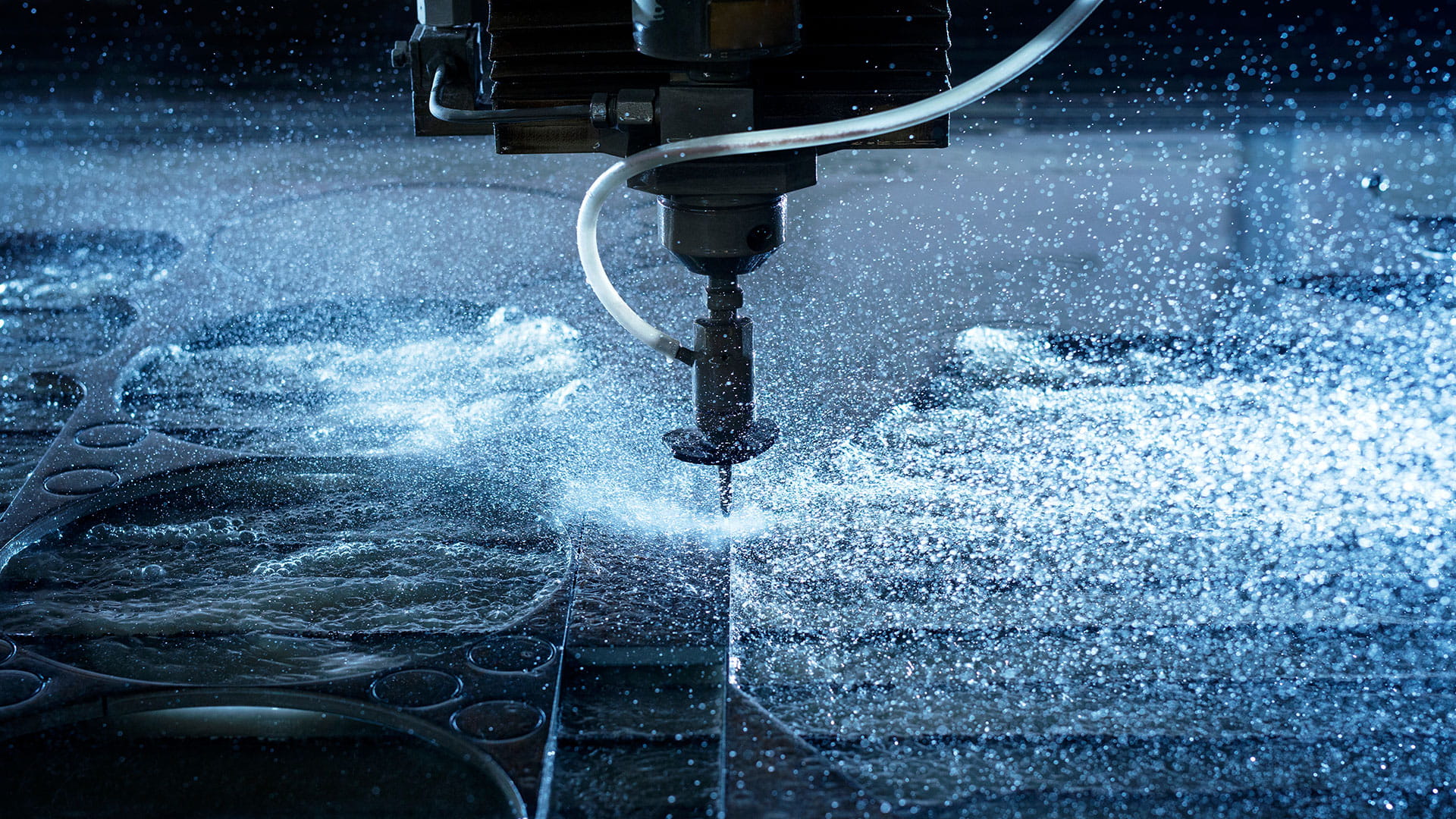Let the water in: Integrating water into decision making
To manage risks and reduce business disruption caused by extreme weather and climate change, industries must choose how, not if, they integrate water-risk mitigation measures throughout their operation.

Increasing competition for water demands immediate action, and a step change in the way that companies manage water. Alongside this, investors are paying closer attention to water, for example by asking for disclosure of climate related risks.
According to the World Bank, within the next three decades, industrial water demand will increase by 50 to 70 percent.
Industry must see improving sustainable water use as an opportunity that goes beyond compliance. Better water management and stewardship will result in lower operational risks, attract investment and promote competitiveness. Business’ potential can be unlocked whilst also proving valuable to society.
Improving business continuity and resilience
The production networks, supply chains and distribution channels of multinationals traverse the world. Local issues with supply and delivery infrastructure could lead to global disruption which could result in unsafe working conditions, dissatisfied customers, loss of market share and income, reputation damage, production stops, supply chain delays, damaged goods, contractual claims and loss of jobs.To support business continuity, we must mitigate risk and reduce the impact of climate related events on business’ operational processes and practices. Harnessing the power of digital tools and expertise will do this. This includes predictive analysis, forecasting, early warning and alerts to deliver improved water and climate resilience.Towards better resilience
- Operational Risks: Understand the risks in your operation, at your industrial sites and across your supply chain – we can help you with this.
- Stakeholder Collaboration: Collaborate with other water users and stakeholders to address shared risks and seize opportunities.
- Water Derived Decisions: Integrate water into your decision making. Make investment decisions driven by risks identified, (emerging) regulatory frameworks, costs or corporate policies such as sustainability goals.
- Technology and Software Services: Implement smart technologies and digital solutions to make more sustainable use of water: reduce, reuse or recycle, restore, recover.
Water stewardship
Good water stewardship involves working alongside stakeholders such as catchment area residents, other industries, local and national governments to identify and deliver a balance between the needs of industry and the needs of the wider context.Although direct financial gains are less tangible the impact good water stewardship can have on reputation, stakeholder relationships and other socio-economic factors should not be underestimated.
To be truly effective water stewardship cannot be a quick fix; waiting until a crisis of quantity or quality of water hits or becomes unavoidable is not the time to try to instigate major policy and culture changes. Instead sustainable water use, and better stewardship must be part of the discussions from the outset.
Improving water stewardship in the palm oil industry
Many areas in Indonesia experience high water stress due to pollution of surface and groundwater systems, over-allocation of water resources due to increasing demands for water, lack of water supply and distribution systems, flooding and depleting water resources due to land-use changes. These challenges are compounded by negative impacts from climate change such as changing precipitation patterns, population growth and economic development. Data on these risks and their implications for business’ operations, especially for high-water using or sensitive sectors, are often lacking.We’ve been working with one of Indonesia’s largest agribusinesses. The company has ambitions to lead the palm oil industry towards responsible production. Commissioned as part of a team from the Alliance for Water Stewardship we’ve used the alliance’s framework of standards to review and make recommendations for improvements to water and wastewater processes across several sites.
The water challenges do not only occur at the site level (refinery, mill or plantation), but also upstream and downstream of the sites. Our approach has been to take a ‘landscape’ view in which the producer’s water usage is seen in the context of the wider catchment area. Using this approach we can provide tailored recommendations on improving water stewardship that take the needs of all stakeholders into account. The results not only improve the client’s water and wastewater management, but also cement its reputation as a thought leader in sustainable water management.
The review is the first step towards good water stewardship, the results and the tailored measures we suggest will inform site and company level management on opportunities to integrate good water stewardship into the company’s (and site’s) operations and CSR policy.
Circular water use
Fundamentally adjusting the way businesses view their water use and reuse might seem daunting but we’re also living in a period of unprecedented technological development as manufacturing moves into the next evolution of development – Industry 4.0. The quantity of data gathered is increasing exponentially and we are just scratching the surface of the ways in which it can be used.It’s estimated that 40.2% of smart devices are in factories, businesses and healthcare. The data this network produces is leading to a huge surge in the development of digital twins. Through the use of as built or dynamic digital twins, industries have the opportunity to identify efficiencies and quickly make adjustments to their processes.
Working with frontrunners in data science such as Ambiental, we combine our domain knowledge with software services, data analytics and award winning products for smart water and resilience for industry such as the Nereda® technology
We’re also playing a key role in groundbreaking projects which challenge the view of wastewater as a problem. Projects such as the award-winning Waterfactory at Wilp, which will extract all possible raw materials from wastewater – including purified water, and the production of Kaumera during the Nereda treatment process.
The potential for the generation of entirely new raw materials alongside water treatment could lead to a wealth of new revenue streams for those companies willing to look beyond their traditional focus.
Got a question?
Contact our Water Technology experts!